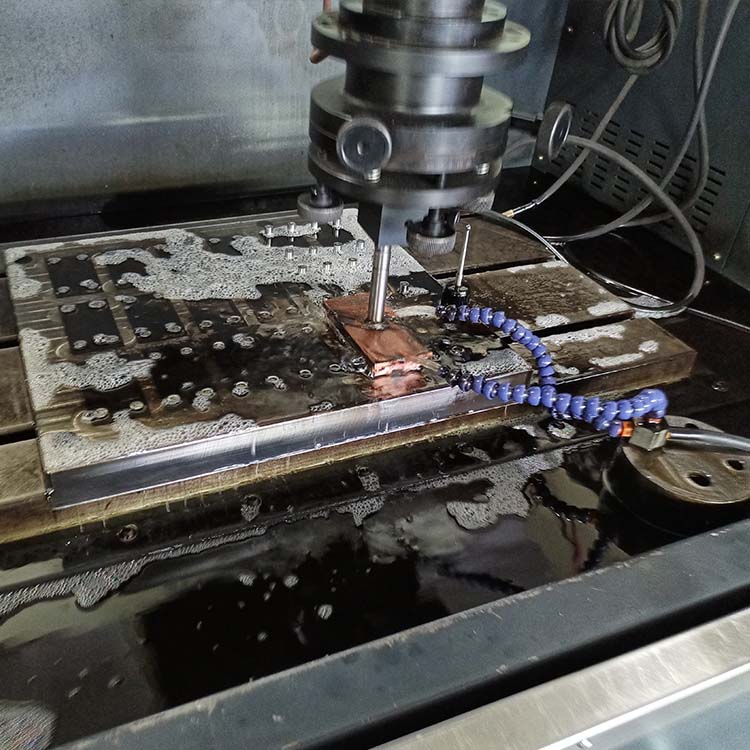
Durability of Mold Processing Release Pins and Analysis of Reasons for Breaking
1. Material issue: Poor material quality, insufficient hardness, or defects in the material, such as pores and inclusions, can lead to insufficient durability and easy breakage of the demoulding pin.
2. Processing technology issues: Improper processing technology for demoulding pins, such as insufficient heat treatment temperature and uneven quenching, can affect the hardness and durability of demoulding pins.
3. Design issue: The design of the demolding pin is unreasonable, such as a small section or sharp angle, which can easily cause the demolding pin to break.
4. Usage condition issue: If the release pin is subjected to excessive impact force, twisting force, pulling force, etc. during use, it will lead to insufficient durability and easy breakage of the release pin.
5. Maintenance issues: If the release pin is not maintained in a timely manner during use, such as lubrication, cleaning, etc., it can also affect the durability of the release pin, leading to easy breakage.
In addition, other analyses are as follows

1、 Mold knowledge — the reason for mold pin release and fracture is that the resistance of the demoulding pin is lack, and the root R angle of the demoulding pin is incomplete
2、 Related knowledge
1. The demolding pin hole is related to the orientation of the locking screw on the mold, so the demolding pin is both thin and long. Due to forming pressure, it is easy to bend and break. Therefore, it is necessary to heat treat this type of pin to have both high durability and certain hardness
2. Because the stress of the pin mostly converges at the corner R at the root, it is assumed that there is some danger during processing. Here, it is common for the stress to converge and cause the demolding pin to break
3、 Solution
1. Heat treat the demoulding pin
4、 Due to differences in materials;
1. Without any special reason
5、 General molds should have spare parts for demolding pins
Plastic Mold Knowledge – Methods for Removing Products Remaining in the Mold Chamber
1. Use a brass plate to forcefully squeeze into the gap between the product and the mold, pry the product out of the mold cavity, but be cautious when using this method on non-ferrous alloy molds.
2. In order to achieve this goal, brass sheets (such as 3MM thick, 300MM wide, with a knife shaped front end) should be prepared on the injection molding machine
3. Using a screwdriver as a substitute can cause serious harm to the mold.
4. For products that cannot be blocked or cracked, use the brass plate mentioned above to lightly tap into the product with a hammer. However, this may cause the surface of the mold cavity to be concave, so only the surface of the product and the surface of the model can be cracked, and do not damage the surface of the mold cavity.
5. There is also a method of directly heating with a spray lamp to block products, which is only useful for large occasions. But it is necessary to keep away from combustible materials. For small occasions, the fourth point of the method for removing the remaining material head in the injection port can be used. 6. If there is a small residue of the product that cannot be removed by any means, apply a solvent of this material (such as acetone) to it, and after it dissolves, use a brass rod to knock it out, but be careful not to use the solvent close to the flame.
7. Remove residual mold cavity surface, clean with a cloth, and spray release agent. However, it is important to note that release agents have an impact on the secondary processing of products (such as coating, dissolution, etc.), and caution should be exercised when using them

Can you be more specific about the content of your article? After reading it, I still have some doubts. Hope you can help me.
Requesting a reward, your tipping is my motivation
https://paypal.me/molddl?country.x=C2&locale.x=zh_XC